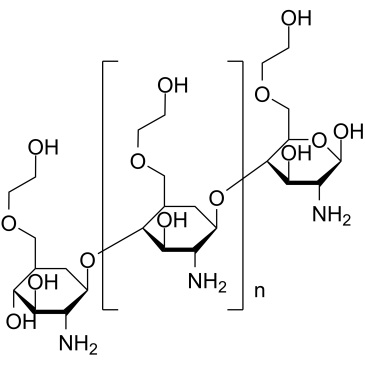| 结构式 | 名称/CAS号 | 全部文献 |
|---|---|---|
 |
羟乙基脱乙酰壳多糖
CAS:123938-86-3 |
| 结构式 | 名称/CAS号 | 全部文献 |
|---|---|---|
 |
羟乙基脱乙酰壳多糖
CAS:123938-86-3 |